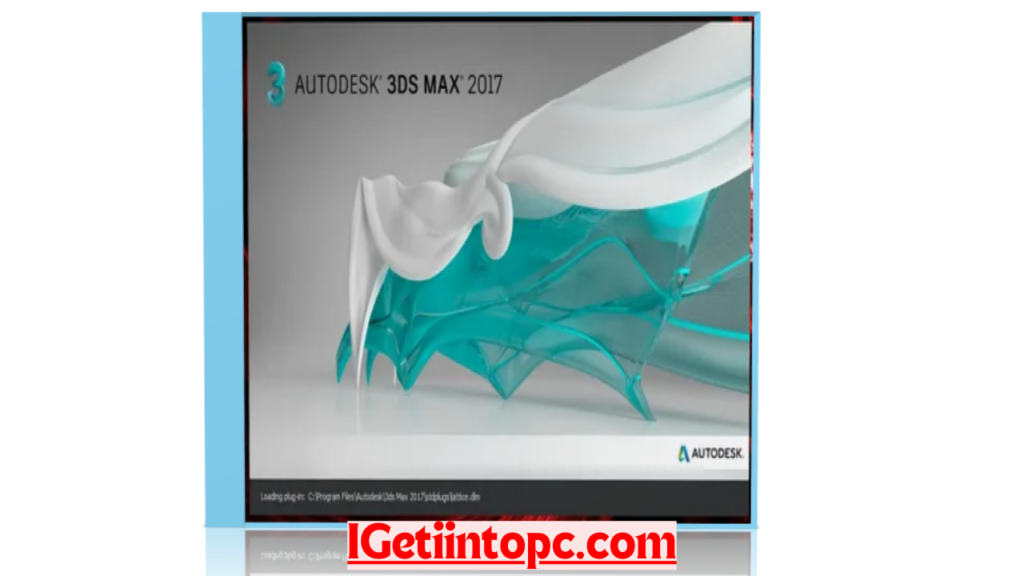3d max software for pc free download
3D Max, a powerful and versatile 3D modeling, animation, and rendering software, has been a game-changer in the world of digital content creation.
Developed and maintained by Autodesk, this powerful tool has become a industry standard for professionals in various fields, including architecture, visual effects, gaming, and more. With its intuitive interface, robust feature set, and cutting-edge technology, 3D Max has earned a reputation as one of the most comprehensive and reliable 3D software solutions available on the market.
One of the key advantages of 3D Max is its flexibility. The software offers a wide range of tools and features that cater to the diverse needs of its users. From modeling and texturing to animation and rendering, 3D Max provides a seamless and efficient workflow, allowing users to bring their creative visions to life with ease. The software’s powerful scripting capabilities and extensive plugin ecosystem further enhance its functionality, enabling users to customize and extend the software to meet their specific requirements.
Another aspect of 3D Max that has contributed to its widespread adoption is its integration with other Autodesk software. The software’s seamless integration with programs like AutoCAD, Revit, and Maya has made it an essential tool for professionals working in collaborative environments. This integration allows for a streamlined workflow, where users can easily transfer and share data between different software platforms, improving efficiency and productivity.
Lastly, 3D Max’s robust rendering capabilities set it apart from its competitors. The software’s advanced rendering engine, which includes support for physically-based rendering, global illumination, and photorealistic effects, allows users to create stunning visual outputs that are highly accurate and true to life. This makes 3D Max an indispensable tool for professionals working in the fields of architecture, product design, and visual effects.
Technical Specifications of This Release:
Version: 3D Max 2023
Interface Language: English, German, French, Japanese, Chinese (Simplified), and others
Audio Language: English, German, French, Japanese, Chinese (Simplified), and others
Uploader / Repacker Group: Autodesk
File Name: 3ds_max_2023_win_64bit.exe
Download Size: 3.4 GB
System Requirements for PC
- Windows 10 or later (64-bit)
- Intel Core i5 or AMD Ryzen 5 processor (or higher)
- 8 GB RAM (16 GB or more recommended)
- NVIDIA GeForce GTX 1060 or AMD Radeon RX 580 (or higher)
- 10 GB of available hard disk space
Adjusting Graphics Settings:
- Open the 3D Max application and navigate to the “Preferences” menu.
- Select the “Viewport” tab and adjust the following settings:
- Viewport Quality: Set to “High”
- Viewport Anti-Aliasing: Enable this option for smoother edges.
- Viewport Shading: Choose the appropriate shading mode (e.g., Realistic, Wireframe).
- In the “Rendering” tab, adjust the following settings:
- Renderer: Select the desired rendering engine (e.g., Arnold, V-Ray, Mental Ray).
- Rendering Quality: Set to “High” for better image quality.
- Lighting: Adjust the lighting settings to achieve the desired look and feel.
Troubleshooting Common Issues:
- If the software is running slowly, try closing other applications running in the background and adjusting the graphics settings as mentioned above.
- If you encounter any crashing or freezing issues, try updating your graphics drivers to the latest version.
- If you are experiencing problems with specific features or tools, consult the 3D Max documentation or reach out to the Autodesk support team for assistance.
How to Download and Install:
- Visit the Autodesk website and navigate to the 3D Max product page.
- Click on the “Free Trial” or “Buy Now” button to access the download page.
- Follow the on-screen instructions to complete the download and installation process.
- Once installed, launch the 3D Max application and start exploring its powerful features.
How to Use 3D Max:
- Start a new project or open an existing file.
- Familiarize yourself with the user interface and the various toolbars and panels.
- Explore the modeling tools to create your desired 3D objects and scenes.
- Use the animation tools to bring your creations to life.
- Experiment with the rendering settings to achieve the desired visual effects.
- Export your final 3D assets in various formats for further use in other applications or projects.


Leave a Reply